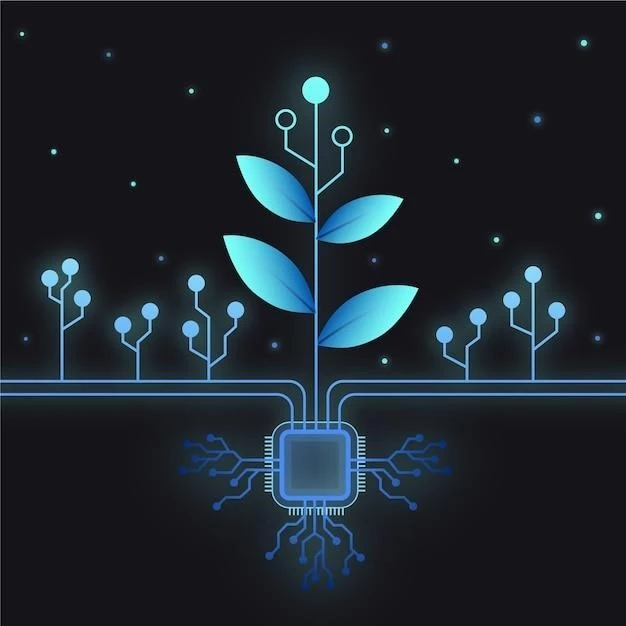In the face of accelerating environmental challenges, technology has emerged as a powerful ally in the fight for conservation. From remote sensing to artificial intelligence, technological innovations are revolutionizing the way we monitor, understand, and protect our planet’s biodiversity and natural resources. This article explores the multifaceted role of technology in modern conservation efforts.
1. Enhanced Monitoring and Data Collection
Technology empowers conservationists to monitor vast and often inaccessible areas with unprecedented detail and efficiency.
- Satellite Imagery: High-resolution satellite images provide a comprehensive view of ecosystems, enabling scientists to track deforestation rates, monitor habitat fragmentation, and identify areas vulnerable to climate change.
- Drones: Unmanned aerial vehicles (UAVs), or drones, offer a cost-effective and versatile platform for aerial surveys, wildlife monitoring, and anti-poaching patrols. Equipped with high-resolution cameras, thermal sensors, and LiDAR technology, drones can collect detailed data on species abundance, habitat health, and poaching activities.
- Acoustic Monitoring: Acoustic sensors strategically placed in forests, oceans, and other habitats capture a symphony of sounds, providing insights into biodiversity levels, species behavior, and the impact of human activities.
2. Advanced Data Analysis and Modeling
The surge in environmental data collected through technological advancements has fueled the development of sophisticated analytical tools and models.
- Artificial Intelligence (AI) and Machine Learning: AI algorithms can analyze massive datasets to identify patterns, predict future trends, and support decision-making in conservation efforts. For example, AI is used to predict species distribution, assess habitat suitability, and detect illegal logging activities.
- Geographic Information Systems (GIS): GIS software integrates spatial data from various sources, allowing conservationists to visualize, analyze, and interpret environmental trends and patterns. This technology is crucial for conservation planning, reserve design, and assessing the effectiveness of conservation interventions.

3. Improved Wildlife Tracking and Research
Technological advancements have significantly enhanced our ability to track, monitor, and study wildlife populations, providing invaluable insights into their behavior, movements, and conservation needs.
- GPS Tracking Devices: Miniaturized GPS collars and tags attached to animals allow researchers to track their movements in real-time, understand migration patterns, and identify critical habitats for protection.
- Bioacoustics: By analyzing animal vocalizations, researchers can identify species, monitor population trends, and gain insights into their behavior and communication patterns.
- Camera Traps: Motion-activated cameras strategically placed in wildlife corridors and habitats provide valuable data on species presence, abundance, and behavior.
4. Combating Wildlife Crime
Technology plays a crucial role in combating the illegal wildlife trade, which poses a significant threat to endangered species worldwide.
- DNA Analysis: DNA testing of seized wildlife products helps identify the species of origin, track trade routes, and apprehend criminals involved in the illegal wildlife trade.
- Real-Time Monitoring Systems: Sensors and surveillance technologies deployed in protected areas provide real-time alerts of suspicious activities, enabling rangers to respond quickly and effectively to poaching threats.
5. Engaging the Public and Citizen Science
Technology has created unprecedented opportunities for citizen scientists to contribute to conservation efforts.
- Mobile Apps: Mobile applications allow individuals to report wildlife sightings, identify species, and contribute to biodiversity databases; These crowdsourced data provide valuable insights into species distribution and population trends.
- Online Platforms: Online platforms and social media connect conservation organizations with a global audience, raising awareness about environmental issues and mobilizing support for conservation initiatives.
Challenges and Ethical Considerations
While technology offers immense potential for conservation, it’s essential to acknowledge the challenges and ethical considerations associated with its use.
- Data Privacy: The use of tracking technologies and data collection raises concerns about the privacy of both wildlife and local communities.
- Technological Access and Equity: Access to advanced conservation technologies is not always equitable, potentially exacerbating disparities between developed and developing countries.
- Over-Reliance on Technology: While technology is a powerful tool, it should complement, not replace, traditional ecological knowledge and on-the-ground conservation efforts.

Conclusion
Technology is revolutionizing the field of conservation, providing unprecedented tools for monitoring, understanding, and protecting our planet’s biodiversity. By harnessing the power of innovation while addressing ethical considerations, we can leverage technology to create a more sustainable future for all life on Earth. As technology continues to advance, its role in conservation will undoubtedly expand, offering even greater opportunities to address complex environmental challenges and safeguard our planet’s natural heritage.










